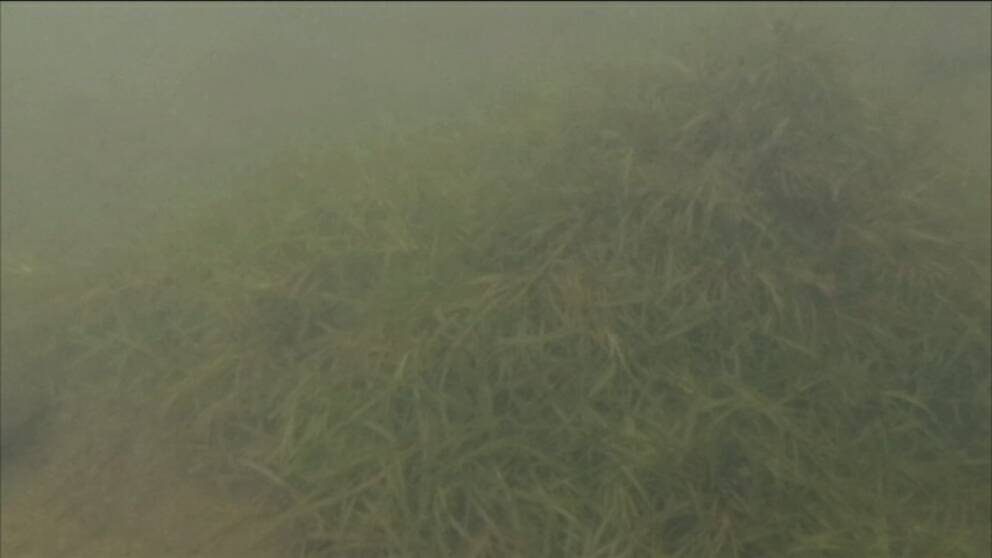It is now the extensive work to clean Växjö's bathing lakes in earnest. Both Trummen and Växjösjön have been completely bathable for a few years.
But South Bergundas Lake has long been a lake with big problems and a lot of algae. After the bottom of the entire lake has been treated with aluminum chloride, the algae have disappeared and the underwater vegetation has now begun to return. One of the plants that is increasingly visible is called trubbnate.
- We had good inventors who four years ago were out here in the lake looking for the plants without finding any. Now we find these plants everywhere and it is because the water has become clearer, and thus more light comes to the bottom and makes the plants feel better, says Andreas Hedrén, marine environment manager at Växjö municipality.
Particles in the waterIn the more centrally located Lake Växjö Lake, a number of different measures have been taken over the years to improve the water. Already in the spring of 2018, the lake was treated with aluminum chloride. This treatment has meant that the depth of view in the lake has increased from previously about one meter to today's almost four meters. A result that Andreas is more than happy with.
"There are about ten times smaller particles in the water now than it was a few years ago," he says.
The cost of cleaning the Drum, Lake Växjösjön and Södra Bergundasjön has stopped at around SEK 25 million.
Lake North BergundasWhen it comes to the North Bergundas lake that receives Växjö's wastewater, there are far-reaching plans to construct a larger wetland where the purified wastewater will be discharged to relieve the lake from the nutrient-rich discharge.
And at a later stage, the municipality plans to make the same efforts in the North Bergundas lake that was previously made in the other lakes.

